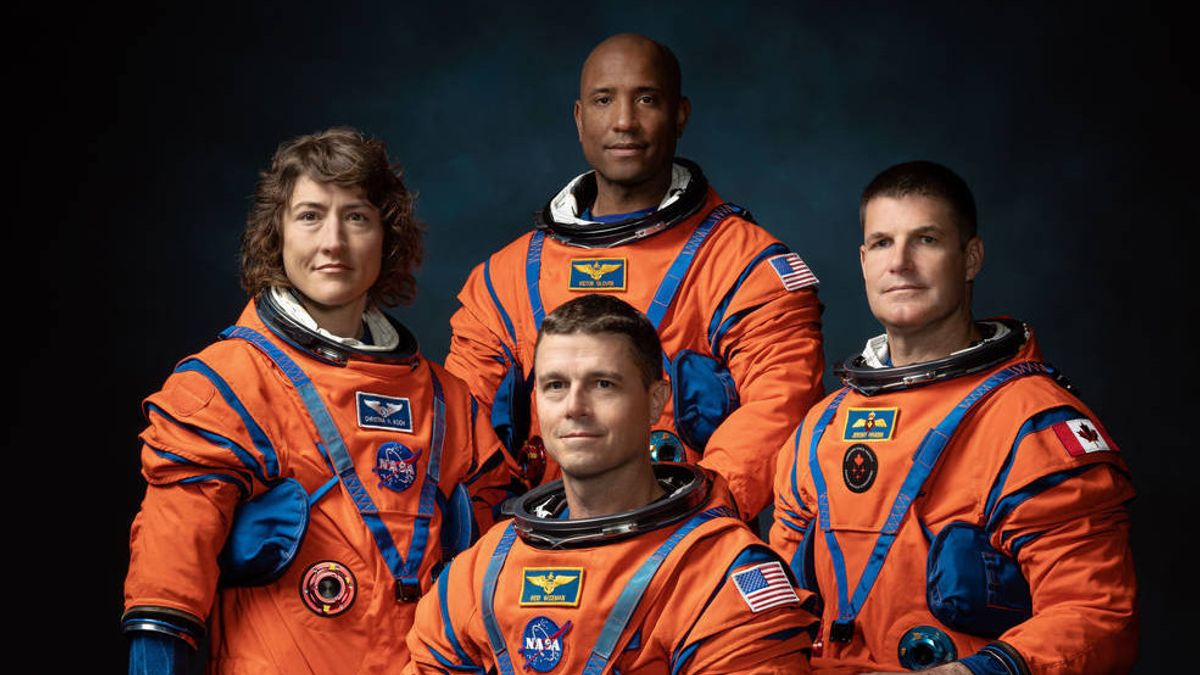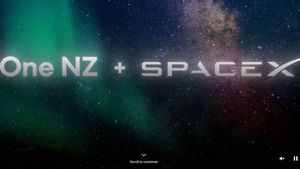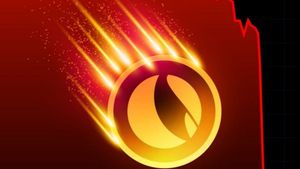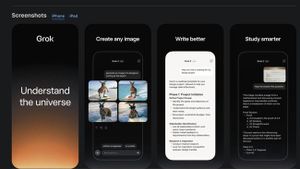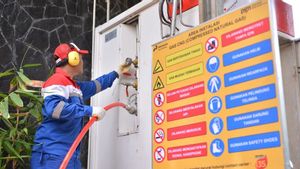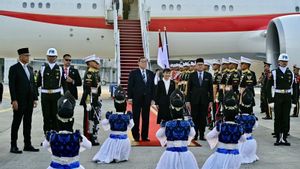JAKARTA - NASA has finally announced astronauts who will fly on a follow-up mission to the Moon, Artemis II, which is currently scheduled for late 2024.
Artemis II will carry four astronauts, the first in 50 years, including three Americans Reid Wiseman, Victor Glover and Christina Koch of NASA, and one Canadian Space Agency (CSA) man, Jeremy Hansen.
Later, Wiseman will serve as mission commander and Glover will be the pilot, while Hansen and Koch will serve as mission specialists.
“For the first time in over 50 years, these people – the Artemis II crew – will be the first humans to fly around the Moon. Among the crew were the first women, the first people of color, and the first Canadians on a lunar mission, and the four astronauts will represent the best of humanity as they explore for the benefit of all,” said NASA Johnson Director Vanessa Wyche.
"This mission paves the way for the expansion of human space exploration and presents new opportunities for scientific discovery, commercial, industrial and academic partnerships, as well as the Artemis Generation."
Artemis II is a 10-day test flight to the Moon and back to Earth. Astronauts will board the Orion spacecraft which launches on NASA's Space Launch System (SLS) rocket in November 2024.
This journey aims to validate the capabilities as well as the techniques humans need to live and work in space.
SEE ALSO:
Orion will be launched into high Earth orbit with a period of approximately 42 hours and during this time, astronauts will perform various checks of the spacecraft's life support systems as well as demonstration of proximity operations using the Interim Cryogenic Propulsion Stage (ICPS).
For information, Artemis II is following the unmanned Artemis I mission, which completed a nearly month-long journey around the Moon late last year, as quoted from NASA's website, Tuesday, April 4.
The Artemis Program represents a series of missions with increasing goals. The next third mission, provisionally scheduled for launch in 2025, is expected to return astronauts to the lunar surface for the first time since the Apollo era.
The English, Chinese, Japanese, Arabic, and French versions are automatically generated by the AI. So there may still be inaccuracies in translating, please always see Indonesian as our main language. (system supported by DigitalSiber.id)
